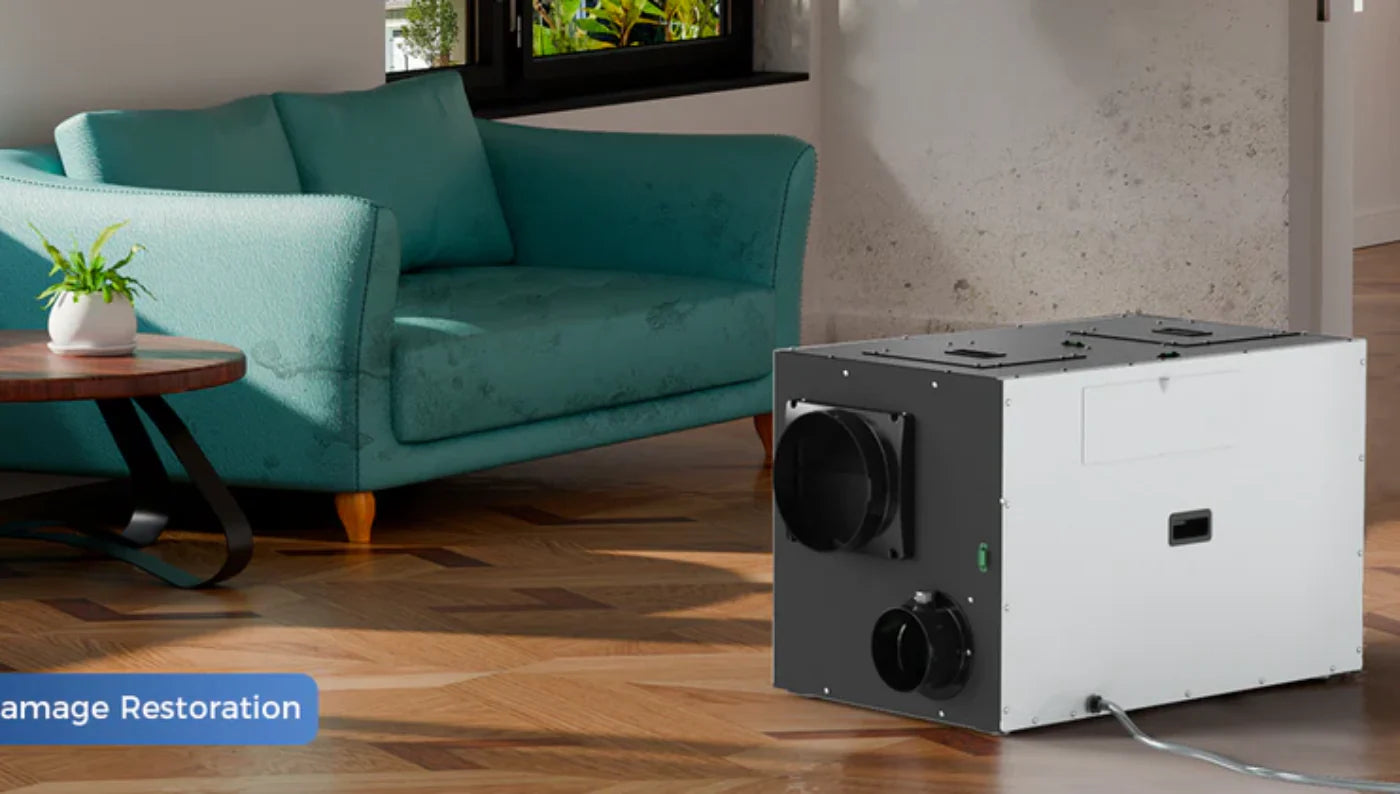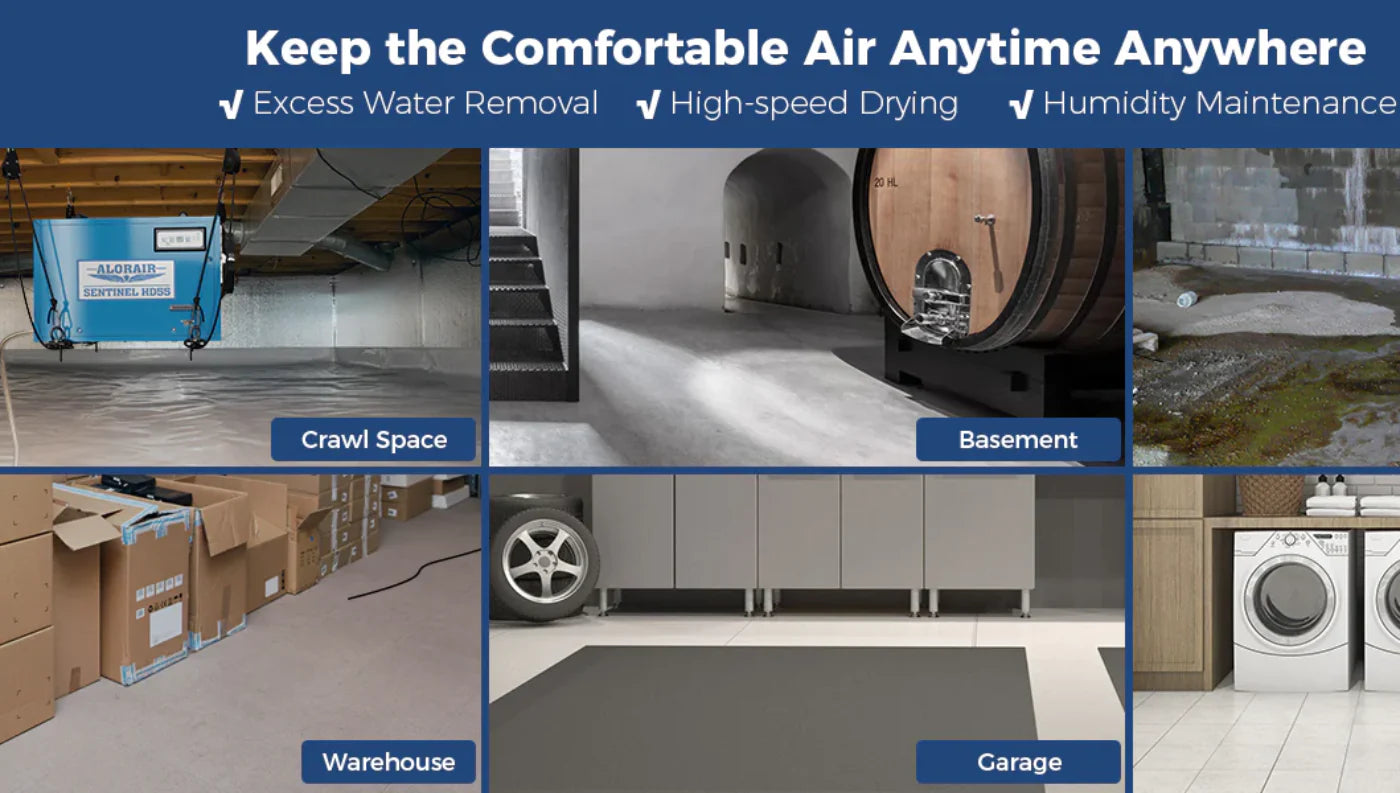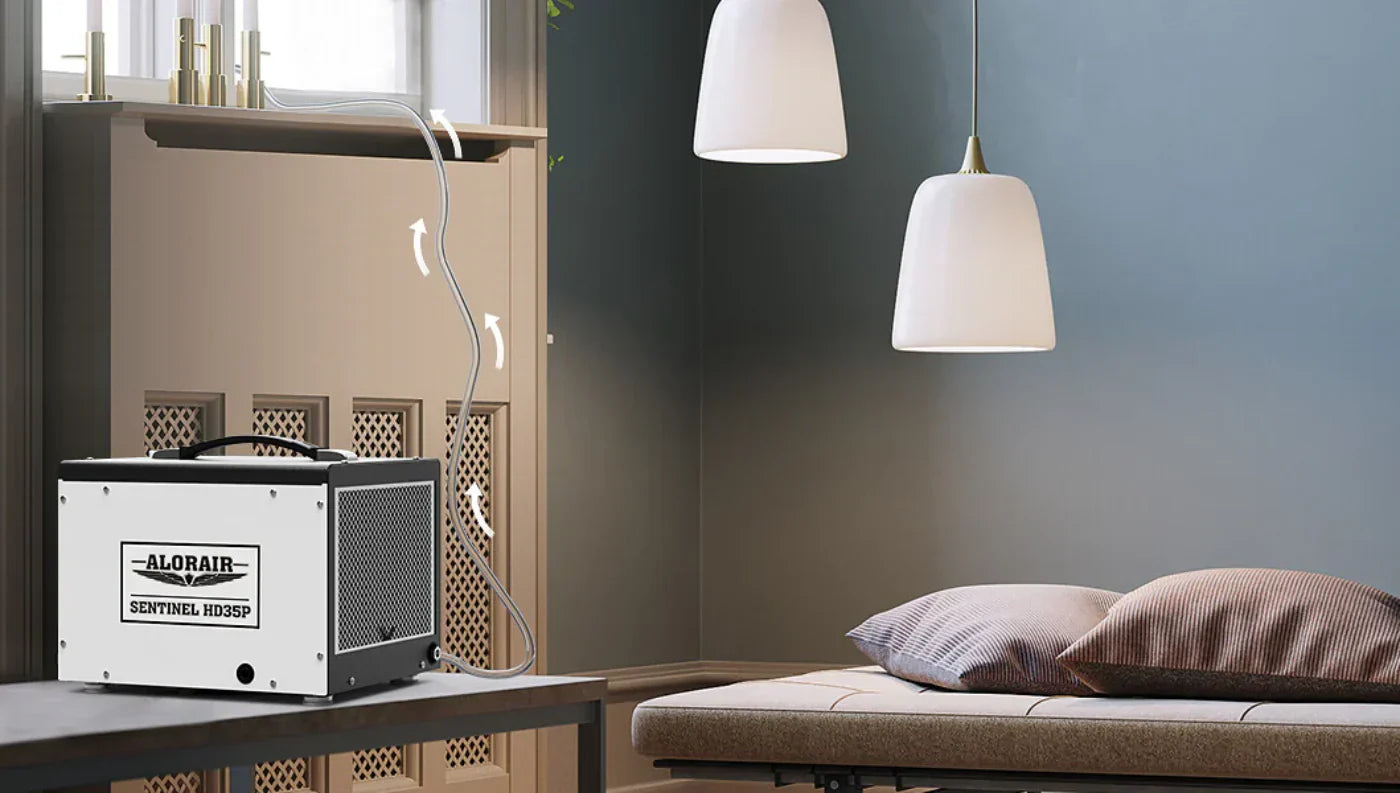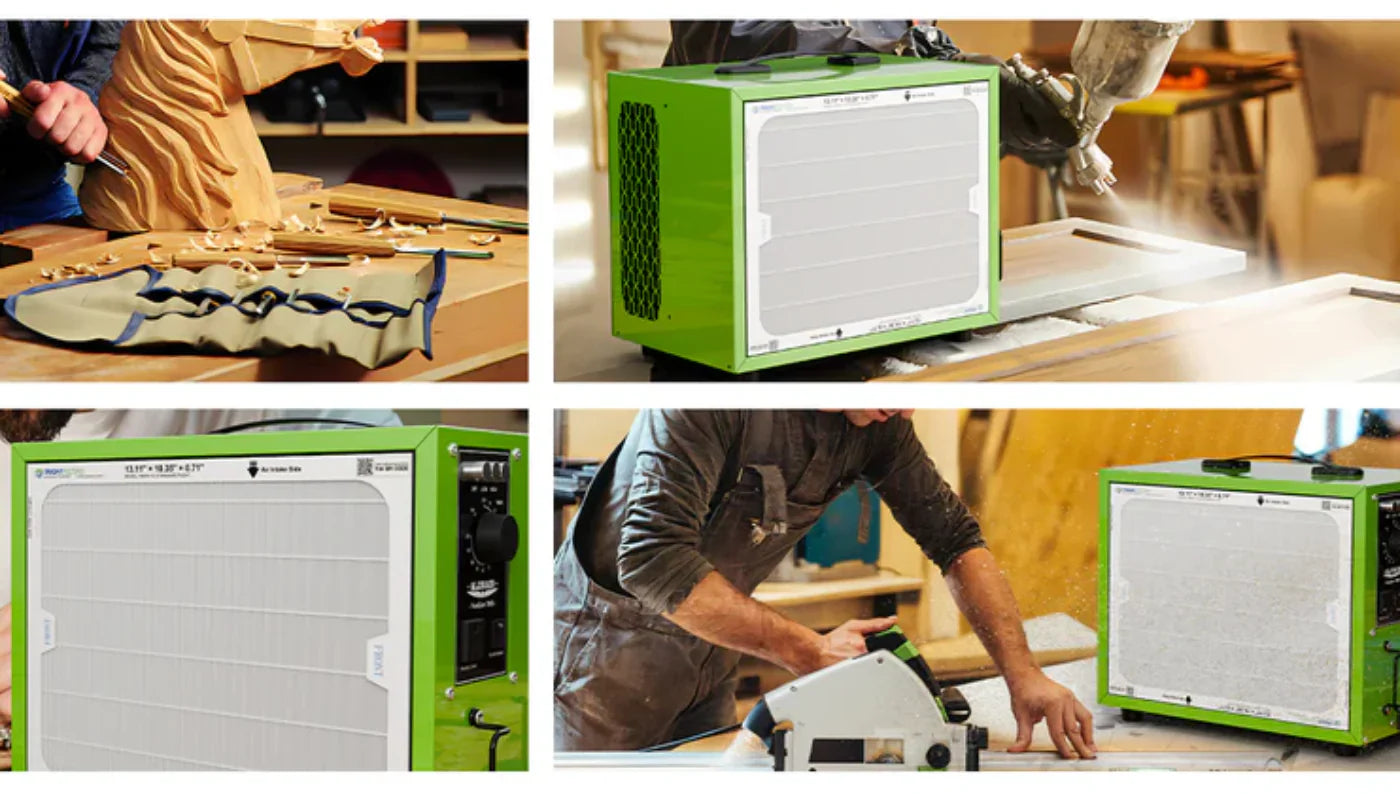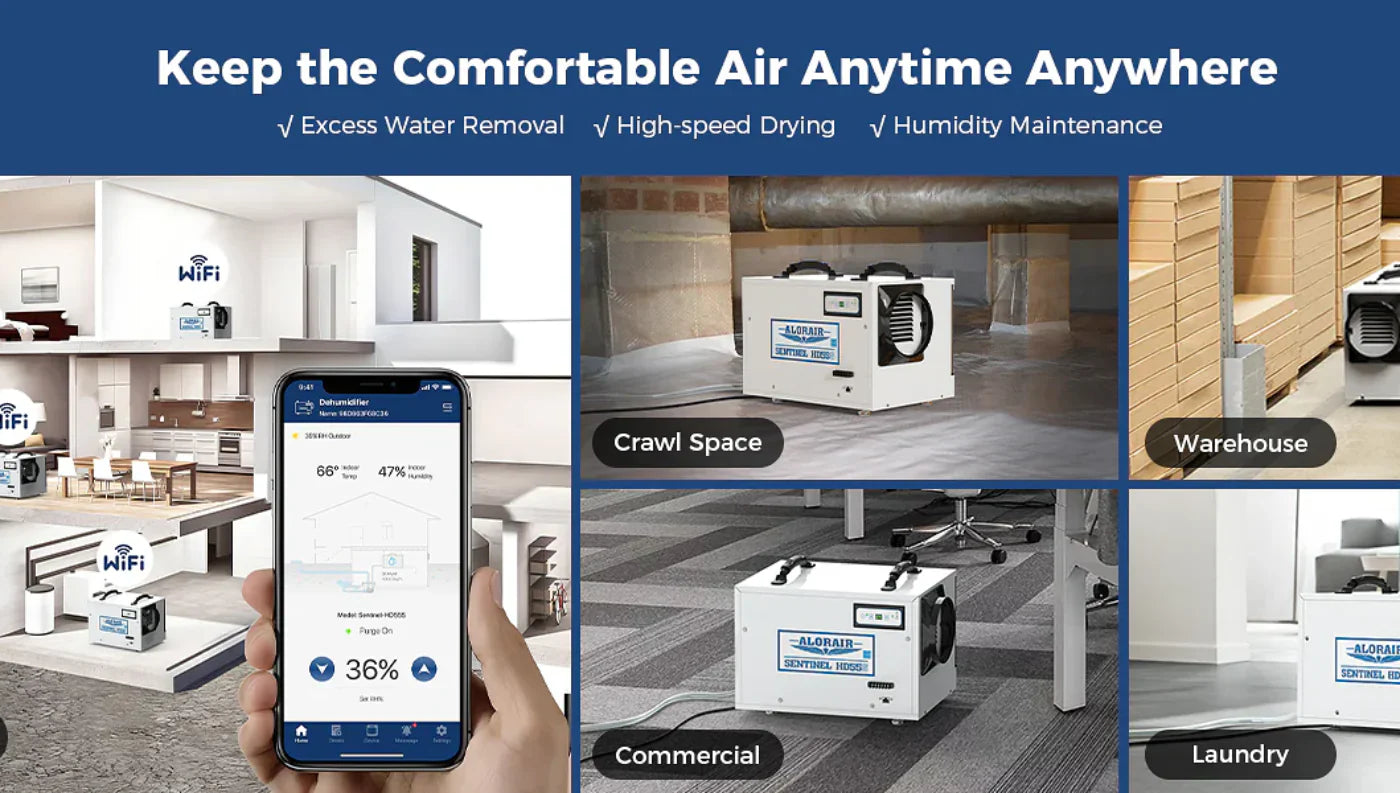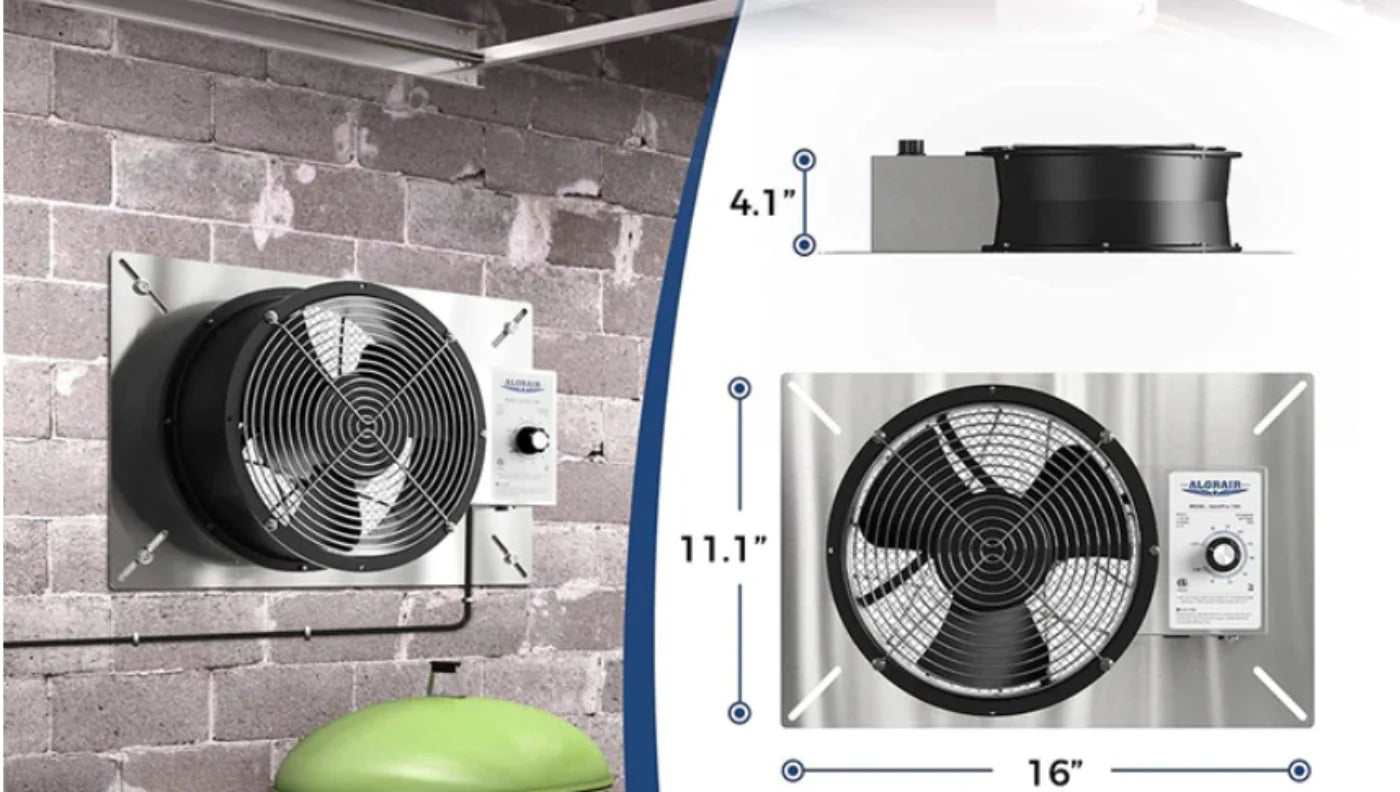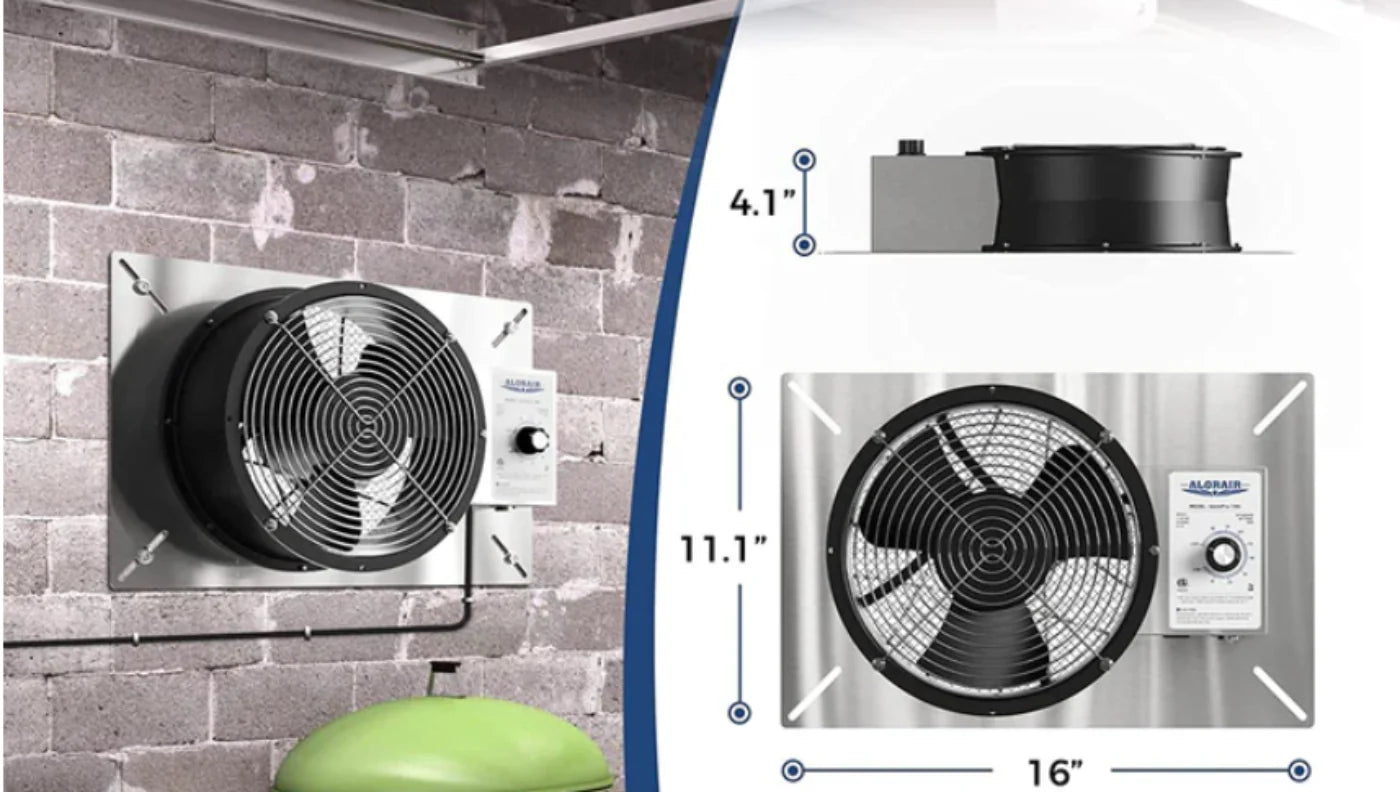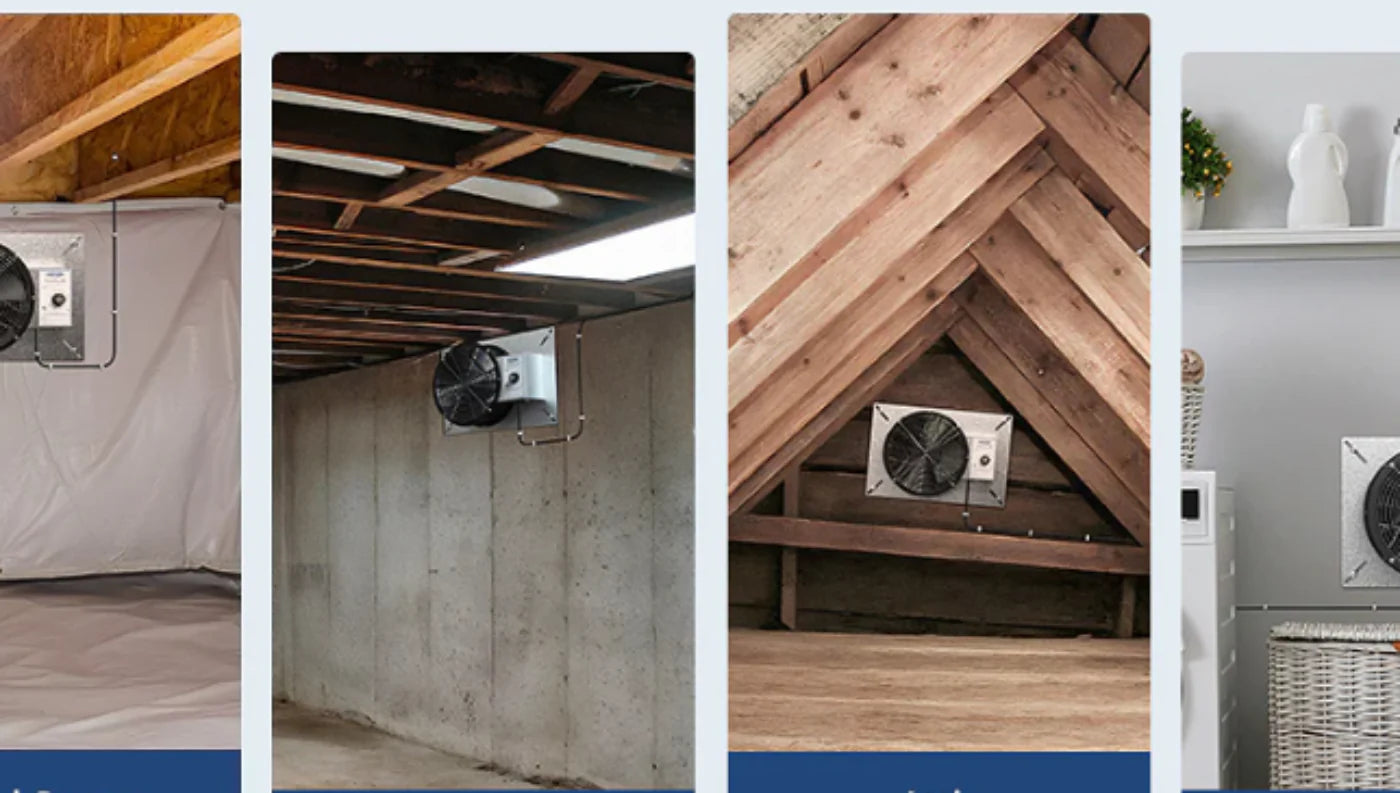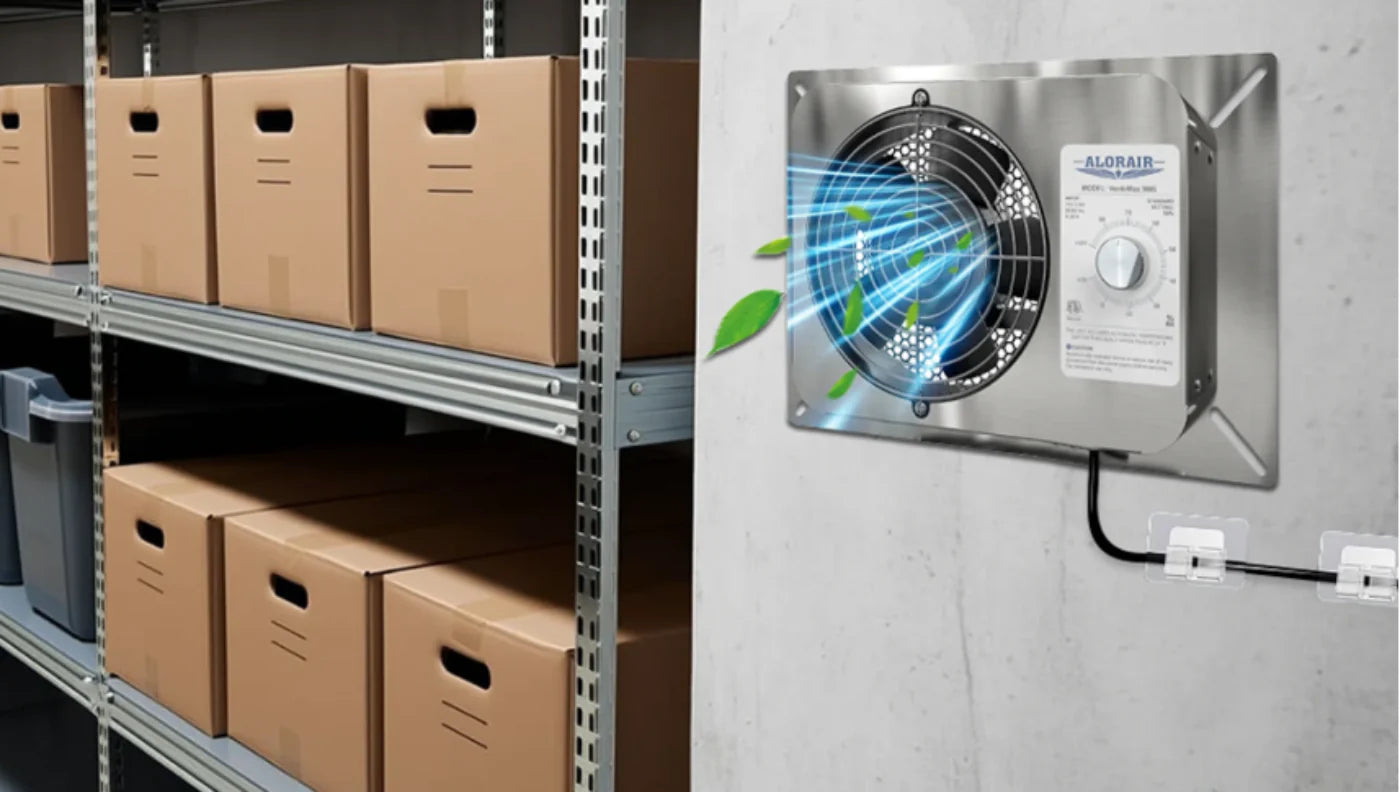A well-preserved attic contributes to a healthier and more energy-efficient house. Increased attic humidity can lead to significant issues, including wood rot, mold, and pest infestations. Therefore, numerous people invest in dehumidifiers there. However, can you put a dehumidifier in the attic? The brief answer is yes, but with the correct setup.
A dehumidifier can reduce dampness in the attic; however, it may not be the ideal solution for everybody. Advanced attic dehumidifiers are designed to manage demanding areas. Studies have shown that controlling humidity in attic regions decreases the danger of mold and saves wood and insulation with time. Beginning sooner with the correct equipment carries weight.
Common Causes of Moisture in the Attic
Various factors increase dampness levels in the attic. Recognizing these factors is the master key to resolving the issue:
-
Bad Ventilation and Trapped Heat: A shortage of air circulation catches hot, damp air. Ventilated attics can lower this; however, confined areas need assisted ventilation or dehumidification.
-
Condensation or Roof Leaks: Surprisingly few roof leaks allow water in. Inadequate insulation above chilly surfaces leads to precipitation when the temperature decreases.
-
Inappropriate Venting of HVAC Equipment or Bathroom Fans: Oppressive humid air into the attic introduces additional moisture that increases relative humidity and produces conditions for mold growth.
Can You Put a Dehumidifier in the Attic?

For anyone wondering, should I put a dehumidifier in my attic, the answer is Yes. Placing a dehumidifier in the attic is a useful and effective solution in several scenarios. This is because it can sustain good humidity levels, safeguard the structure, and help avoid mold growth.
That said, there are some essential requirements for success. First, sufficient power and drainage. A vent and secure wiring are key, so select between pump drainage or gravity, depending on the attic design. Second, the right unit size and kind. Run an attic dehumidifier or a portable crawlspace model qualified for constant working.
These units are made for too much humidity and temperature fluctuations. Moreover, proper air circulation and exhaust are important. The dehumidifier must circulate air and discharge moisture outside because bad airflow lowers success and might result in overheating. A good dehumidifier take heat out of attic.
A 2025 building research endorses “dedicated dehumidifiers in sealed attics” for perfect humidity control and mold avoidance. Older or damp area homes take advantage of installing the best attic dehumidifier to protect building materials and indoor air.
Things to Consider Before Installing a Dehumidifier in the Attic
Power Supply and Safety
Regarding attic dehumidifier installation, verify that a specialized outlet with the right circuit rating is present closer to the installation space. Utilize a grounded GFCI outlet to lower electrical risks. Call up a licensed electrician for wiring in case the attic requires electrical access.
Good Placement and Setting
It’s necessary to put an attic dehumidifier in a place with proper air circulation and ventilation. This is to let the dehumidifier function effortlessly and effectively. Ensure you install the dehumidifier on a plane surface and protect it, so it doesn’t overturn.
Arranging the dehumidifier properly is just as crucial. Attach it to the plumbing or drain to block the water tank from flooding, if you can.
Access and Maintenance
Make sure the attic has free, secure access with sufficient area to get to the dehumidifier. Do not obstruct attic openings or entrance points with the dehumidifier positioning. Plan routine maintenance, cleanse filters, and inspect hose links every few months.
Correct attic dehumidifier installation and upkeep of an attic dehumidifier can aid in preventing attic humidity and enhance the overall air quality in your house.
Best Type of Dehumidifier for Attic Use
Choosing the proper dehumidifier is necessary to control attic dampness. Attic situations mostly involve the highest temperature changes, confined areas, and bad ventilation.
These problems demand a particular type of unit, one that is long-lasting, portable, and competent for tight and changing environments. That said, commercial-grade or crawlspace dehumidifiers are the ideal choices for the majority of homeowners.
These models are designed to work in spaces having limited air circulation and shifting temperatures, frequent in attics. Not like conventional residential units, they provide constant performance even under stress from increased humidity or heat buildup.
Dehumidifiers with continual drainage or auto-defrost features are specifically beneficial in attic setups, where upkeep access can be restricted.
Key Features to Consider
While deciding upon a dehumidifier, first inspect its pint capability to ensure it can eliminate sufficient humidity. Then look for a consistent drainage setup that mechanically throws out gathered moisture.
Also, consider its energy usage and an auto-restart function that guarantees an attic dehumidifier restarts working with saved settings after power failures.
Among the best attic dehumidifier alternatives, Aloraircrawlspace dehumidifiers are recognized for their trustworthiness and performance. Their models are a perfect marriage of a space-efficient footprint and innovative humidity control features.
Why Controlling Humidity in the Attic Matters?
Maintaining attic moisture guards both your house’s structure and indoor air quality. Excessive humidity results in numerous problems:
-
Mold and Mildew Increase: Mold increases in humidity over 60% RH. Mold within attics can circulate germs into living areas with time, which can weaken wood structure and harm insulation.
-
Wood Rot and Structural Decay: Wood that stays humid loses strength. According to sealed-attic research, humidity management helps avoid serious humidity increases and protects wood integrity.
-
Insulation Degradation: Moist insulation drops R-value and reveals the attic region to power loss. Studies indicate that dry attics sustain insulation efficacy for a longer time.
-
Bad Indoor Air Quality: Excess attic moisture generates a source of polluted air. Air conditioning setups can attract this humid, moldy air into living spaces, lowering air quality.
Alternatives or Additions to a Dehumidifier in the Attic
Although an attic dehumidifier is powerful, homeowners can try further measures to improve moisture control:
-
Roof and Ridge Vents: Appropriate roof ventilation assists in draining hot, damp air. This reduces general attic dampness and backs natural ventilation.
-
Attic Fans: Solar or attic fans enhance airflow, lower heat increase, and boost dehumidification by reducing the dew point.
-
Enhanced Insulation and Sealing: Air escapes from living areas can emit dampness into the attic. So, securing these leaks helps avoid damp air interference. A U.S Department of Energy research indicates that sealing attic diversions enhances energy performance and moisture control
-
Leak Inspection and Repair: Check the roof deck for water marks and seal around vent pipes and chimneys. Repairing minor leaks helps avoid water entrance that can increase attic dampness levels considerably.
Fusing these techniques with the best attic dehumidifier enhances overall moisture control and lowers system pressure.
Conclusion
So, can you put a dehumidifier in the attic? Yes, and in several cases, it’s a wise choice. Controlling attic moisture saves your insulation, roof, and indoor air, lowers mold danger, energy waste, and continuing upkeep charges. The key is proper attic dehumidifier installation to protect energy access, dependable drainage, and a properly sized unit.




